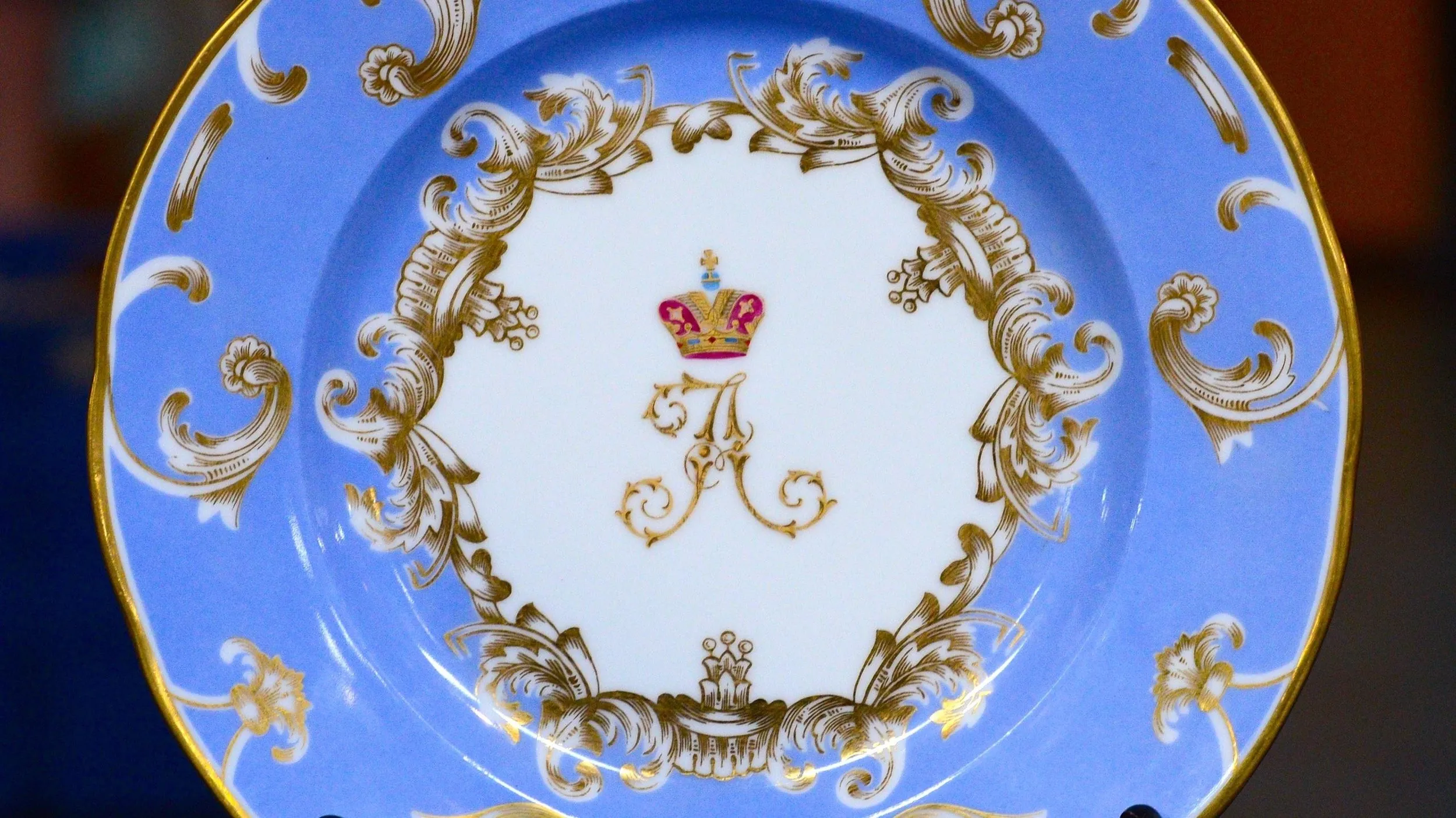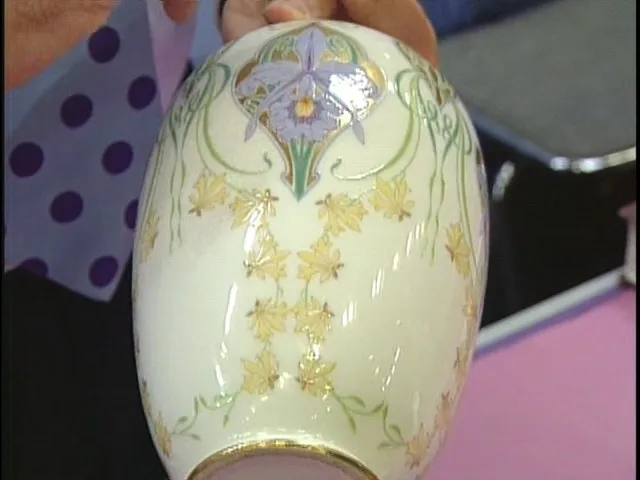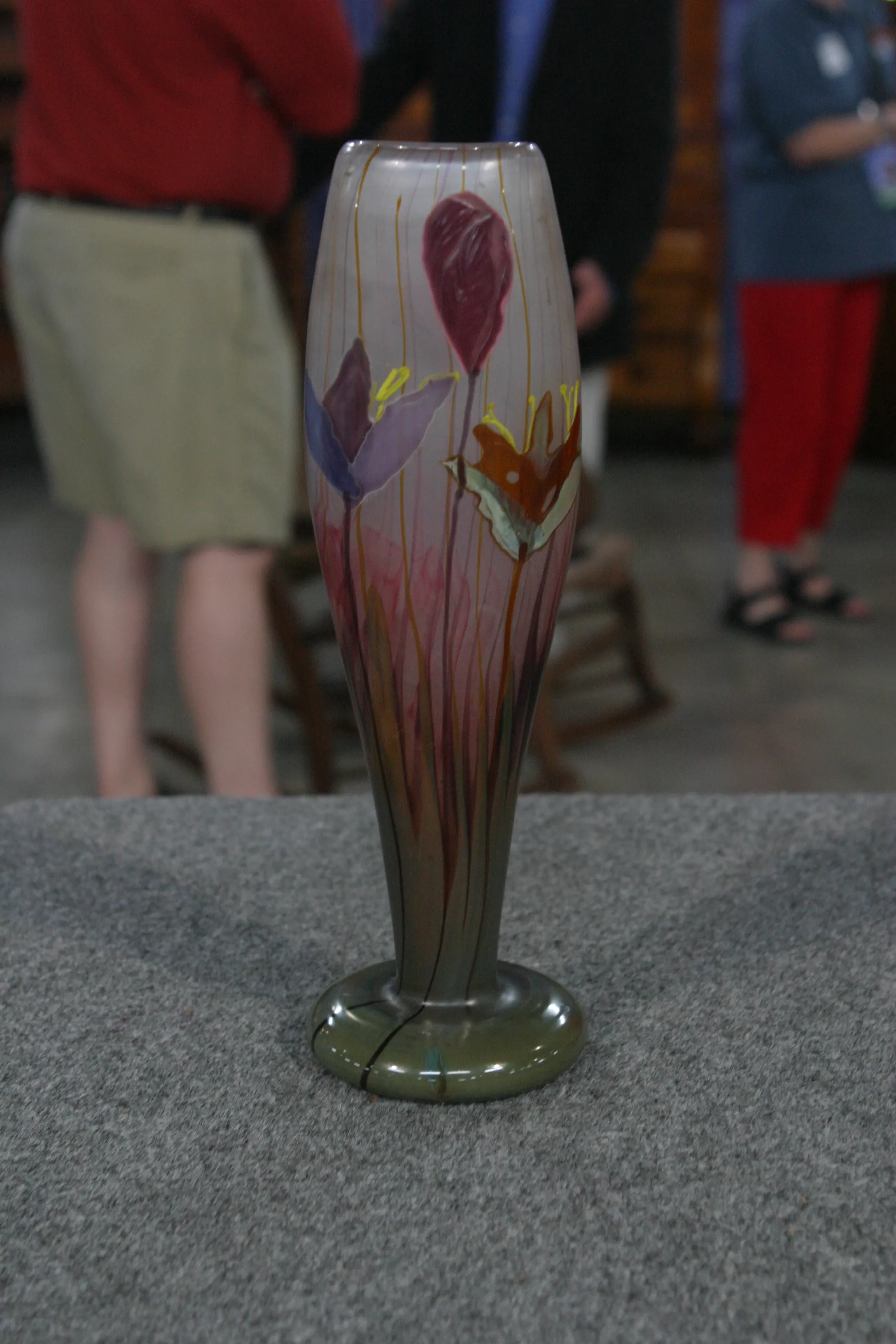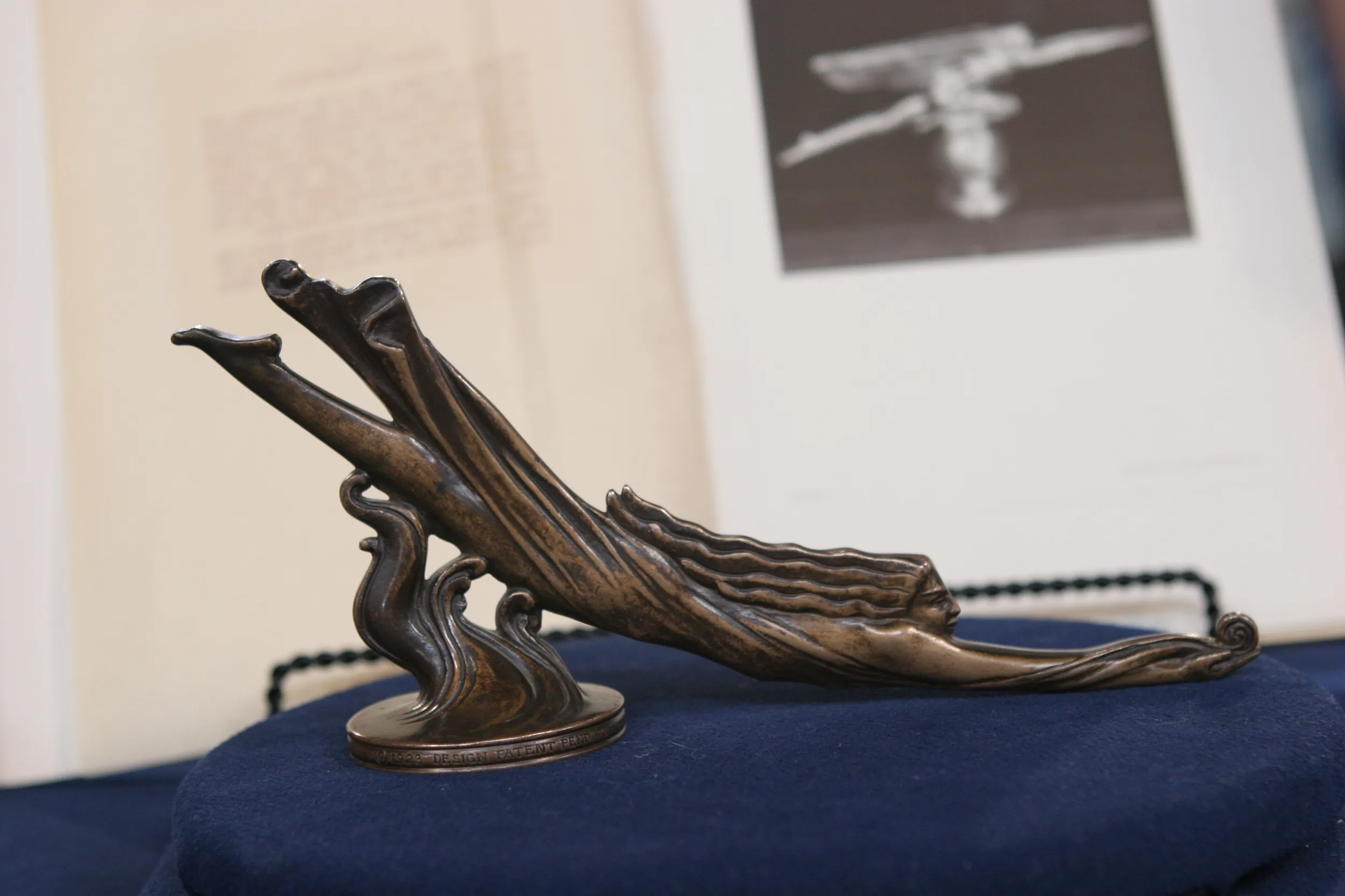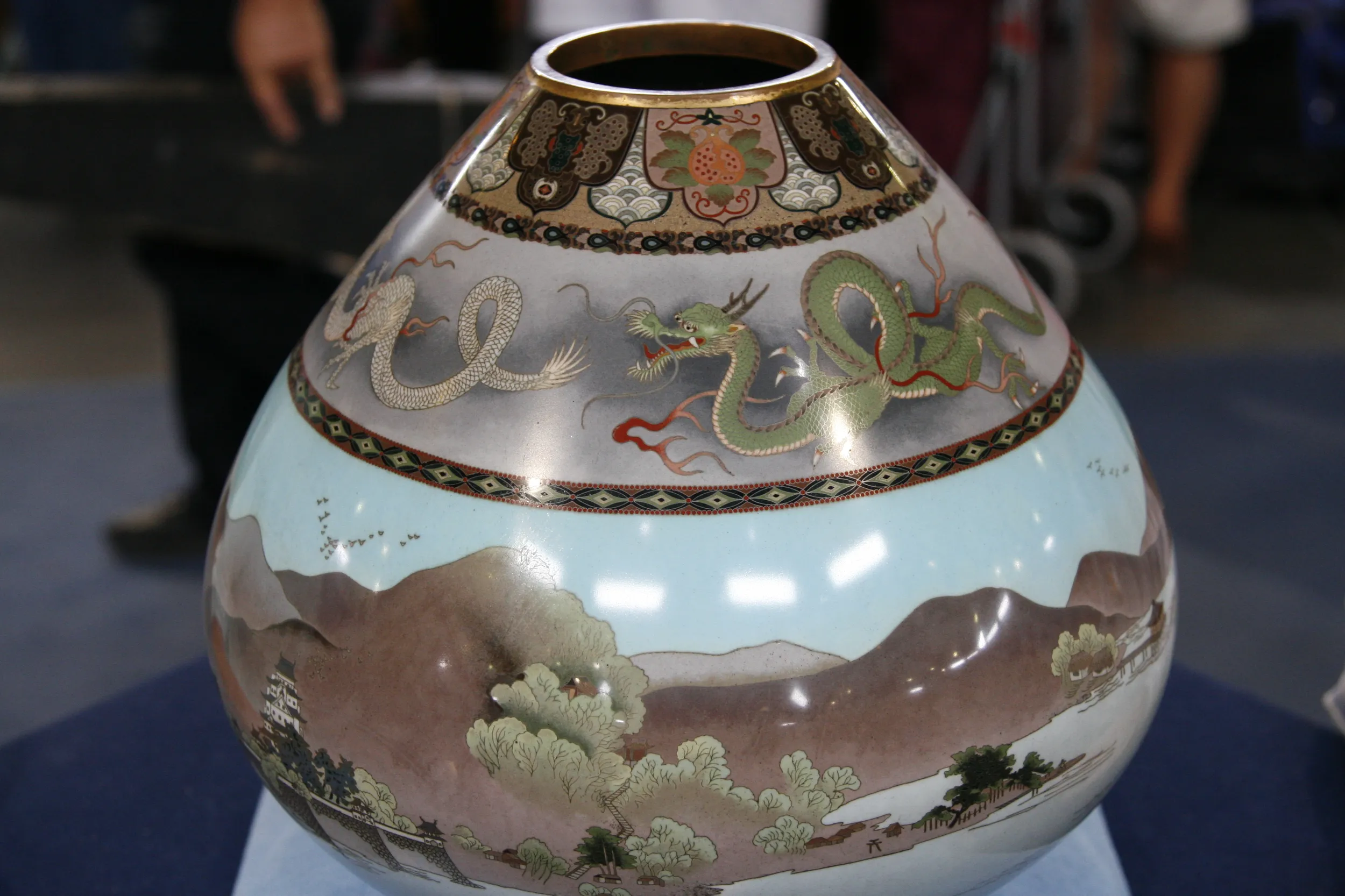GUEST: This was the hood ornament to my father's car. He had it on every car that he ever owned up until 1970-something, and I was born in 1948, and I'm sure he had it on any vehicle he had before that. It was purchased as a hood ornament, from what I understand. It was not on a vehicle when he bought it. It's obviously quite old. My mother had a hood ornament also, which was a rooster. And I wish I had it to bring also, but my sister's got it. It's just a falcon.
APPRAISER: Okay, well, it's a special falcon. This was actually made by RenÈ Lalique, who was the premier glass maker in France during the Art Deco period. And it was called Faucon-- F-A-U-C-O-N-- which means falcon. The Americans call this a hood ornament. The British call it a car mascot.
GUEST: Okay, yes.
APPRAISER: It was probably made in the late 1920s, and they probably stopped making their car mascots by the mid-1930s. For Lalique, car mascots were a very limited run. When it left the factory, this was clear. It was not this beautiful, rich amethyst color. The reason why it became this beautiful rich, amethyst color is that there's manganese in the glass, and that would react with ultraviolet light, or sunlight.
GUEST: Yes.
APPRAISER: So when you tell me that your father had it on every single car, that just reaffirms how it got its color, because this saw a lot of sunlight. Usually when these clear mascots turn amethyst like this, they are not as rich and dark like this. This is very, very special. Now, this is signed. It's signed "R. Lalique." It does have one problem: the tail has a chip on it.
GUEST: Right.
APPRAISER: Now, what's interesting is it's an unusual damage because ordinarily, these fall over and the beaks get chipped, so it's unusual to actually find a chip on the back.
GUEST: Yes.
APPRAISER: Stranger things can happen. Now obviously, when something has damage on it, it does affect its value.
GUEST: Right.
APPRAISER: However, because the color is so deep and rich, that outweighs the damage. And something like this in a retail shop could sell between $5,000 and $6,000.
GUEST: That's outstanding.
APPRAISER: If it had not been outside and it had been a clear piece of glass, it would have been worth maybe $1,500 to $2,000 at best.
GUEST: Even at that, though, that would knock my socks off.

